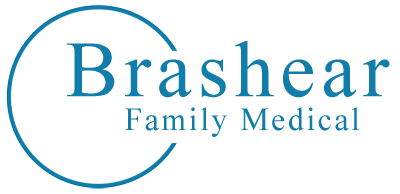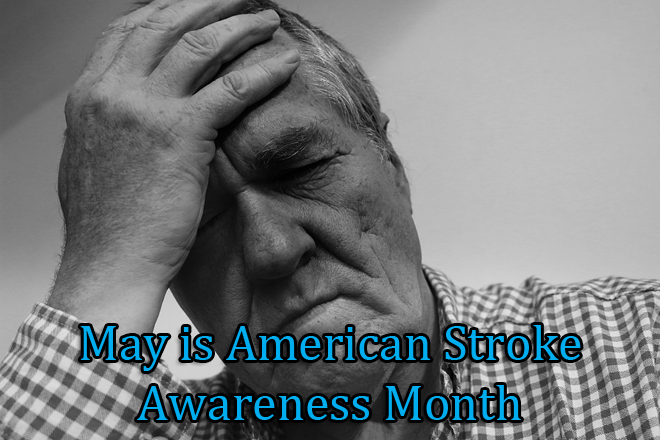Stroke affects everybody differently. Many stroke survivors continue to improve over a period of time, sometimes over a number of years. Stroke recovery involves making changes in the physical, social and emotional aspects of your life. You will make changes to prevent additional strokes, as well as to facilitate your life-long recovery.
What’s Involved in Stroke Rehabilitation?
There are a number of approaches to stroke rehabilitation, some of which are still in the early stages of development. Behavioral performance in any area, such as sensory-motor and cognitive function, is most likely to improve when motor activity is willful, repetitive and task specific.
Some or all of the following activities may be included in stroke rehabilitation, depending on the part of the body or type of ability affected.
Physical Activity
- Strengthening motor skills involves utilizing exercises to help improve muscle strength and coordination, including therapy to assist with swallowing.
- Mobility training may involve learning to use walking aids, such as a walker or canes or a plastic brace (orthosis) to stabilize and assist ankle strength to help support the body’s weight while relearning to walk.
- Constraint-induced therapy, also know as forced-use therapy, includes restricting use of an unaffected limb while practicing moving the affected limb to improve its function.
- Range-of-motion therapy utilizes exercises and other treatments to assist in lessening muscle tension (spasticity) and regain range of motion. Sometimes medication can help as well.
Technology-Assisted Physical Activities
- Functional electrical stimulation includes using electricity to stimulate weakened muscles, causing them to contract. This helps with muscle re-education.
- Robotic technology utilizes robotic devices to help impaired limbs with performing repetitive motions, assisting them to regain strength and function. Studies have shown no clear advantage to using robotic technology to improve motor recover after stroke.
- Wireless technology, such as a simple activity monitor, is being evaluated for its benefit in increasing post-stroke activity.
- Virtual reality, such as the utilization of video games, is an emerging, computer-based therapy that involves interacting with a simulated, real-time environment.
- Noninvasive brain stimulation is a process that uses techniques such as transcranial magnetic stimulation (TMS) and has shown some success in helping to improve a variety of motor skills.
Cognitive and Emotional Activities
- Therapy for communication disorders can assist in regaining lost abilities in speaking, listening, writing and comprehension.
- Psychological evaluation and treatment may include testing cognitive skills and emotional adjustment, counseling with a mental health profession or participating in support groups.
- Medications are sometimes used to treat depression in individuals who have had a stroke. Drugs that affect movement are also used.
When Should Stroke Rehabilitation Begin?
The sooner the patient begins stroke rehabilitation, the more likely he or she is to regain lost abilities and skills. However, the doctors’ first priority is to stabilize the medical condition and control life-threatening conditions. They also take measures to prevent anther stroke and limit any stroke-related complications.
It is common for stroke rehabilitation to start as soon as 24 to 48 hours after a stroke, during the acute hospital stay. If medical problems continue for longer, doctors may wait to begin the rehabilitation process.
How Long Does Stroke Rehabilitation Last?
The duration of the stroke rehabilitation depends significantly on the severity of the stroke and related complications. While some stroke survivors recover quickly, most need some form of stroke rehabilitation long term, possibly months or years after the stroke.
The stroke rehabilitation plan will change during the recovery as the skills are relearned and needs change. Ongoing practice allows the patient to continue to make improvements over time.
Depending on the recovery, severity of the symptoms and responsiveness to therapy, the length of each stroke rehabilitation therapy session can vary.
Recovering from stroke can be a long, and often times frustrating experience. It is normal to face challenges along the way. Dedication and willingness to work toward improvement will help the patient gain the most benefit. Don’t hesitate to contact us here at Brashear Family Medical Center with the link below for more information!

